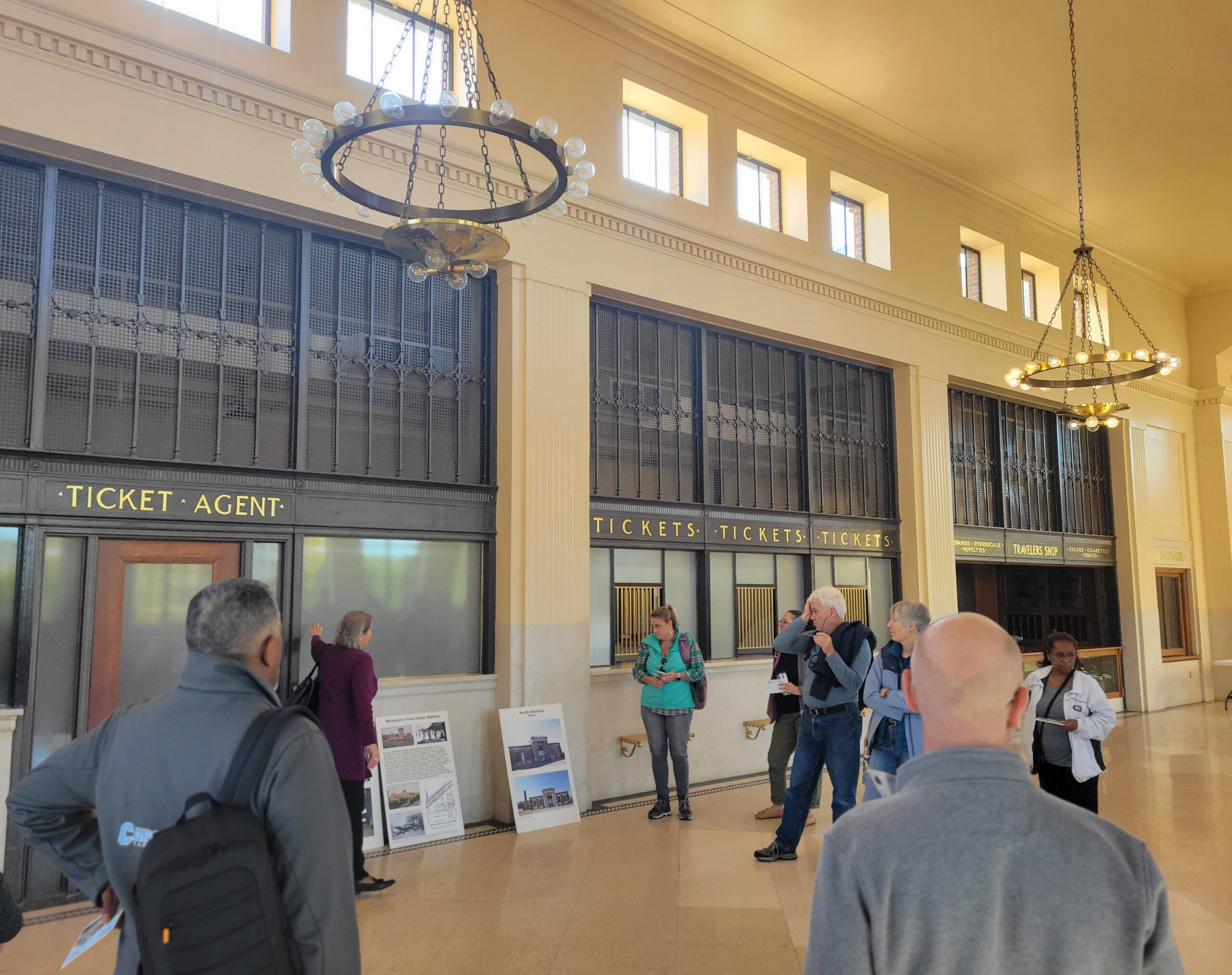All (50) U.S. States, (5) Territories, (3) Freely Associated States, and the District of Columbia have a designated State Historic Preservation Office (SHPO). Preservation efforts are led by a governor-appointed State Historic Preservation Officer and/or one or more delegated Deputy State Historic Preservation Officers.
Along with a variety of qualified staff in various roles, these offices are responsible for and dedicated to helping save the places that matter. Whether it is guiding citizens through the process of listing important historic resource on the National Register of Historic Places, or considering the impact of large renewable energy projects on historic landscapes or archaeological sites, your SHPO is your partner in preservation.
SHPOs Federal Mandate
As set forth in §302303 of the National Historic Preservation Act of 1966 (as amended), SHPOs are charged with administering the states historic preservation program, to include:
- direct and conduct a comprehensive statewide survey of historic property and maintain inventories of the property, in cooperation with Federal and State agencies, local governments, and private organizations and individuals;
- identify & nominate eligible property to the National Register of Historic Places;
- prepare & implement a comprehensive statewide historic preservation plan;
- administer the State program of Federal assistance for historic preservation;
- advise and assist Federal & State agencies and local governments in carrying out their historic preservation responsibilities;
- cooperate with the Secretary, the Council, other Federal and State agencies, local governments, private organizations and individuals to ensure that historic property is taken into consideration at all levels of planning and development;
- provide public information, education, and training and technical assistance in historic preservation;
- cooperate with local governments in the development of local historic preservation programs and assist local governments in becoming certified local governments;
- consult with appropriate Federal agencies on Federal undertakings that may affect historic property and the content and sufficiency of any plans developed to protect, manage, or reduce or mitigate harm to that property; and
- advise and assist in the evaluation of proposals for rehabilitation projects that may qualify for Federal assistance.
SHPOs Role in State Government
In addition to their roles within the Federal historic preservation program, SHPOs also function within their own state governments. In this capacity, their duties include (but are not limited to):
- promoting historic preservation efforts within state government;
- coordinating with Tribal governments on historic preservation matters;
- maintaining and managing historic house museums and historic sites;
- coordinating state heritage tourism efforts;
- holding and enforcing historic preservation easements;
- managing State Rehabilitation Tax Credit programs;
- maintaining state granting programs;
- supporting Main Street communities and revitalization efforts;
- providing consultation for State undertakings, akin to the Section 106 provision of the National Historic Preservation Act

